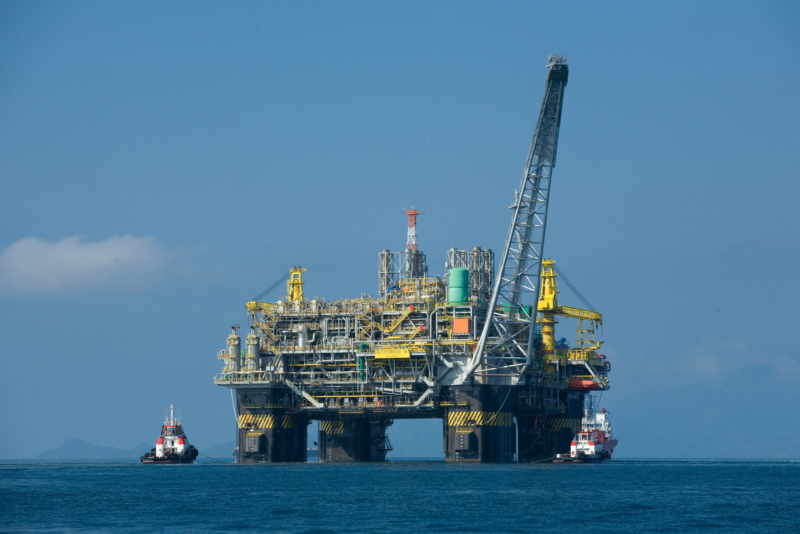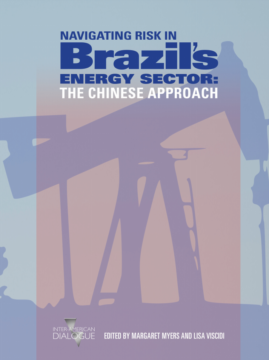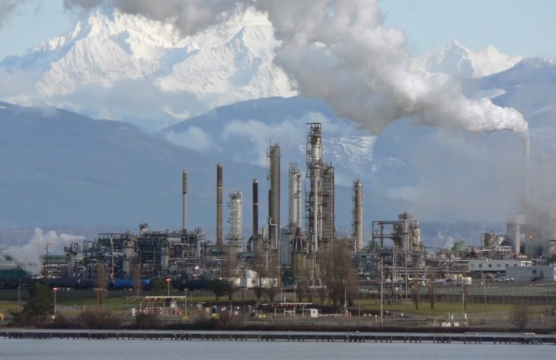Is the US Likely to Engage with Cuba on Offshore Drilling?
Will Cuba be able to safely regulate its oil industry?
Oil prices have risen dramatically in the last decade, reaching a peak just before the financial crisis before settling into a range far above the historic norm. Such a sharp increase in prices would normally be associated with a surge in investment, leading to increased production. In Latin America, however, this has often not been the case; in fact, most of the major oil producers in the region have seen production stagnate or even fall in recent years.
At an event hosted by the Inter-America Dialogue, Ramón Espinasa, the lead oil and gas specialist in the energy division of the Inter-American Development Bank (IDB) and the former head economist at PDVSA, presented his research attempting to explain the apparent paradox of declining production in a time of high prices. Jeffery Davidow of the Cohen Group provided additional commentary and Peter Hakim moderated the event.
Credible institutions are the defining difference between the countries who have seen production increase in response to higher prices and those who have failed to increase production, according to Espinasa. After 2002, oil prices shifted from a historical level around $20 per barrel to a much higher level between $80 and $100 per barrel. Yet only three of the major producers in Latin America—Colombia, Peru and Brazil—have increased production in the years since then, while the other four major producers—Argentina, Ecuador, Mexico and Venezuela—have stagnated or declined.
Espinasa traced declines in production to specific institutional changes – such as a new government or energy law – that disincentivized investment in the oil sector. State control over producer companies, both state-owned and private, allows rent-seeking behaviors by governments in these countries. Where state-owned oil companies (SOCs) dominate, they are often shielded from competition but also forced to subsidize domestic consumption. This renders the sector unresponsive to price signals and makes attracting the large scale investment and technology necessary to increase production difficult.
Countries that have increased production over the past decade, in contrast, have established regulatory regimes that treat SOCs like private companies and force them compete as such. Moreover, the burdens and risks that private companies bear are clear and consistent across contracts and relative to SOCs. In this environment, these countries have seen their production double since global oil prices reached their nadir in 1998.
Looking forward, Espinasa predicted some shifts among the two groups of countries, highlighting Ecuador and Brazil in particular as two countries moving in opposite directions. Ecuador has eased burdens on the oil sector and consequently seeing increasing production. Brazil, on the other hand, has tightened restrictions in recent years and production and investment have begun to fall.
Answering questions from Jeffery Davidow and audience members, Espinasa expressed pessimism that Venezuela could dramatically increase production in the near term, even with a change in the energy regime. He also highlighted the major impediment Pemex’s tax burden represents to Mexican production, even in the event of a major energy reform passing in the next few months.
Will Cuba be able to safely regulate its oil industry?
Brazil’s oil and gas and electricity sectors are an important destination for Chinese direct investment.
Latin America, a region facing growing demand, has become the main destination for US oil product exports.
 Divulgação Petrobras / Agência Brasil / CC BY 3.0 BR
Divulgação Petrobras / Agência Brasil / CC BY 3.0 BR

